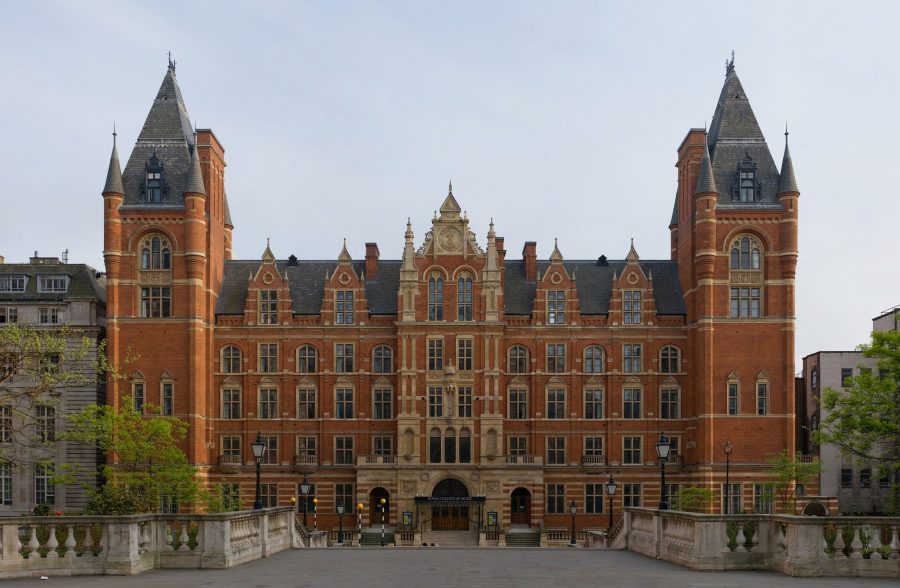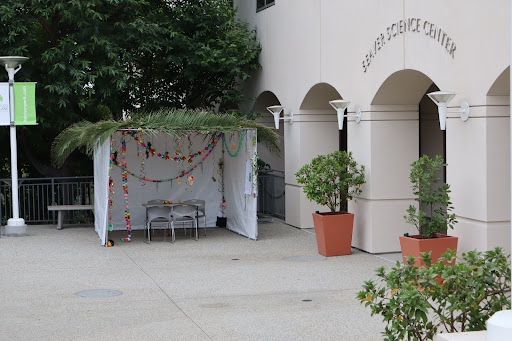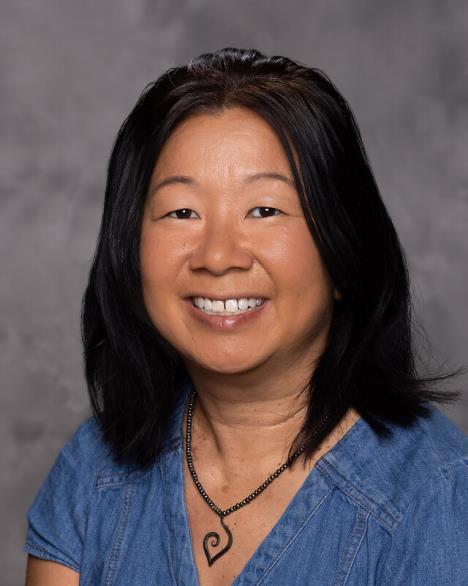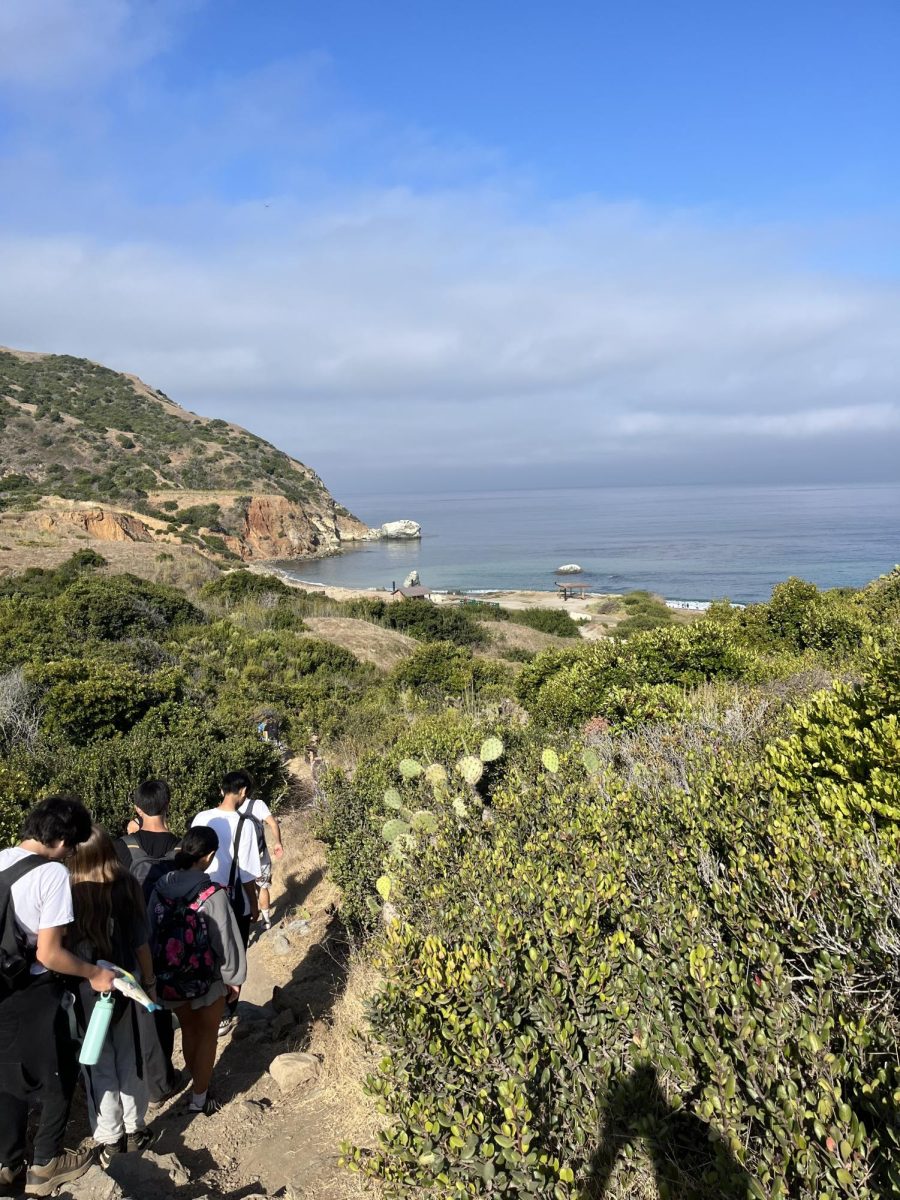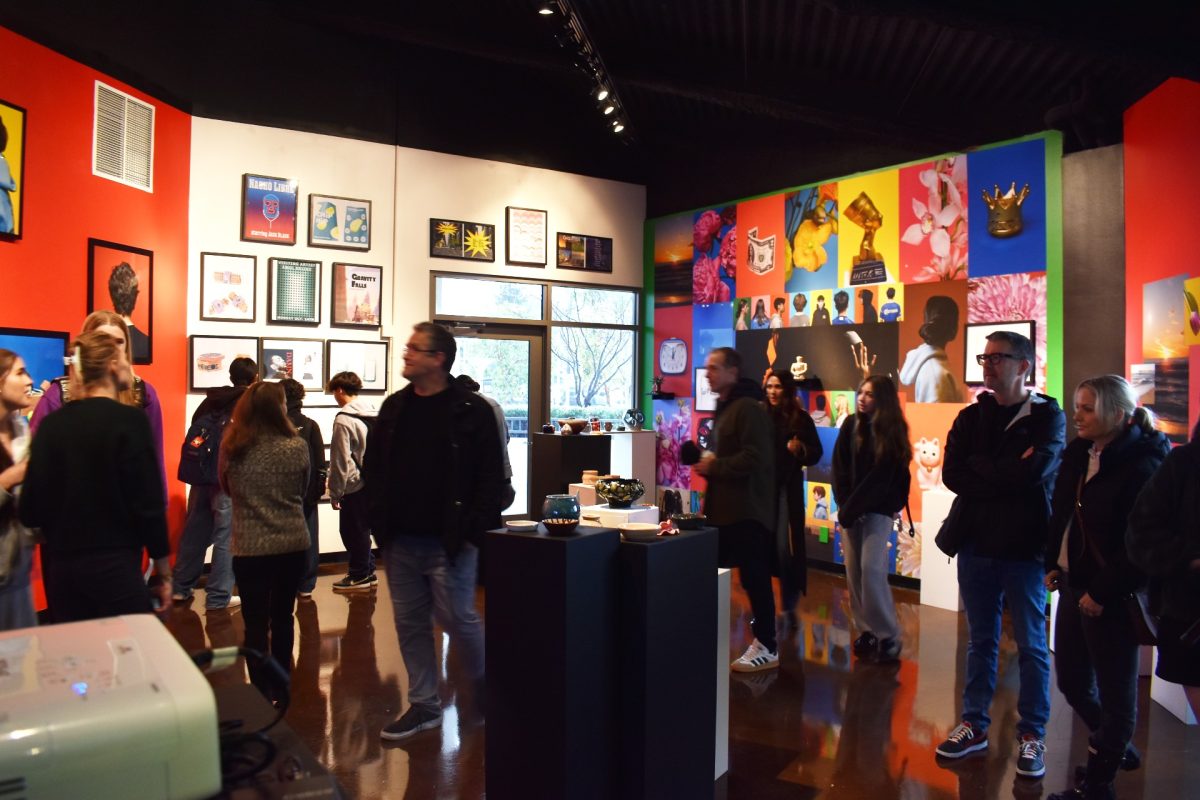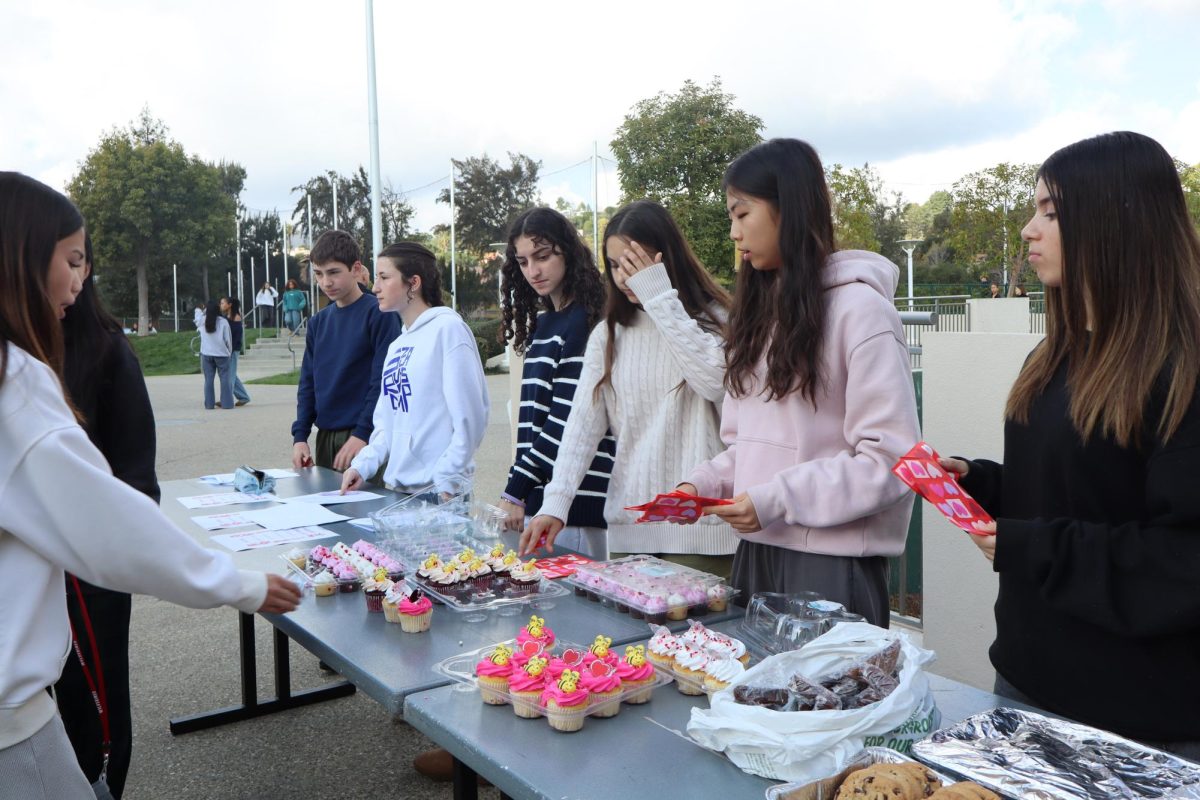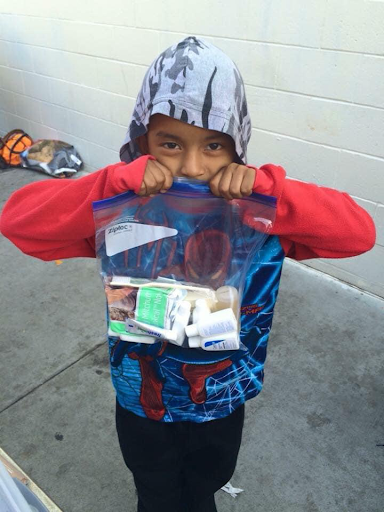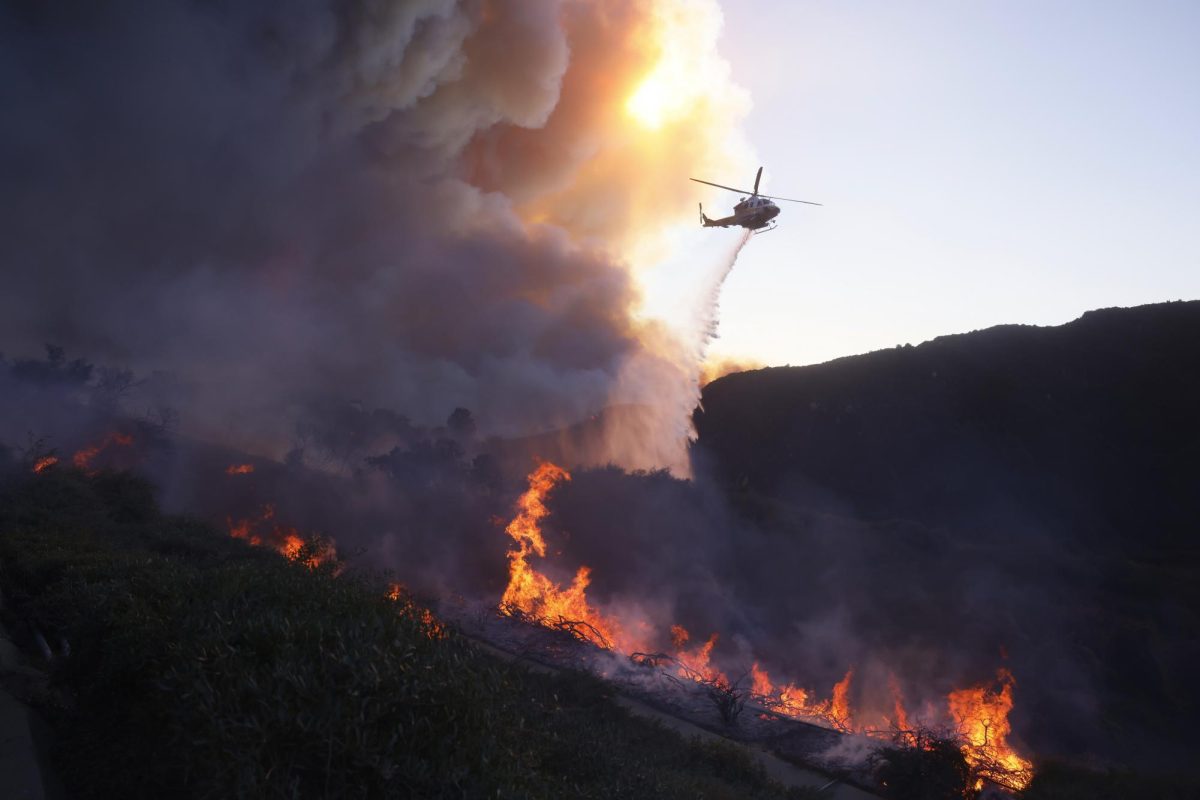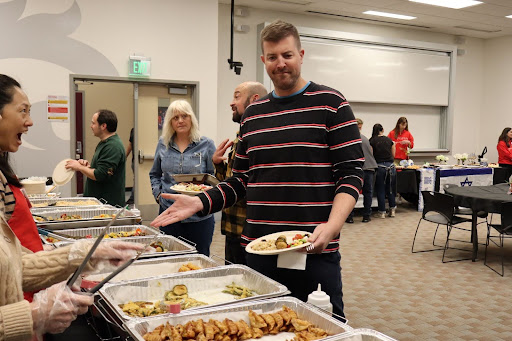Throughout the world, human interplay has been the lifeblood of music. The way people create music throughout history has depended on being together with other fellow musicians to create harmonies, melodies and grooves. Unfortunately, this year has been shocking for music and musicians alike. As lockdowns and quarantines as a result of covid-19 become a more familiar part of our lives, playing music with other musicians has become nearly impossible.
An important obstacle for musicians this year has been the monumental task of attempting to live our lives as normally as possible while maintaining six feet of distance from others. Schools have now become places that have to be treated with incredible caution. What’s even worse is that this time, the disease you’re potentially catching is much more infectious, and 52 times deadlier than the flu, according to an article from Business Insider. As a result, music education programs throughout the world are being forced to adapt and change. Harvard-Westlake (HW) is no exception.
While the core academic subjects remain largely untouched by Zoom, music education had more barriers to overcome.
First, many of the lessons and teaching styles found effective to translate to both in-person and online classes don’t apply to music, such as PowerPoint lectures, Kahoots, Quizlets and worksheets. Second, because of the latency that occurs on Zoom calls, multiple people cannot perform simultaneously. Finally, onstage performances are totally impossible. These problems have been huge barriers, but our school has slowly been working to fix them.
Finding effective methods to teach music on Zoom has been an important topic for our performing arts teachers these past six months. “The layout of my classes is very similar to what we had before. There’s a period for warm-up, tuning, we rehearse pieces, we discuss goals, and we go over the schedule for the week! … So, the layout feels altered but the same” said Dr. Neli Nikolaeva, who teaches Beginning and Concert Strings classes. While many things were able to remain the same, some things couldn’t work, like playing as a whole group. Leo Craig ‘24, who plays lead trumpet in both the middle school symphony and middle school jazz band said he’s glad to be playing more in small groups, sectionals, and practice pods.
According to Zoom’s website, practice pods through breakout rooms allow you to split your Zoom meeting in up to 50 separate sessions. The meeting host can choose to split the participants of the meeting into these separate sessions automatically or manually, or they can allow participants to select and enter breakout sessions as they please.
“At the end of last year, when we started Zoom, we were deep into the process of preparing for our concert, so the bulk of our classes were performance-based. It was a lot about learning the literature, learning the tunes, and rehearsing with a concert in mind,” said band teacher Starr Wayne.
Wayne kept her students captivated and interested in the final product they were creating by keeping a goal in mind, which was a great motivator, and a smart way to keep her students engaged.
The second more challenging problem is dealing with the difficulties of latency on Zoom. Latency is a delay that occurs in a call because of the time required to send information from your camera or microphone to the recipients’ computer. When in a conversation, latency is much more acceptable to your ear because usually no more than one person is talking at once, and people often take time to react to things.
Unfortunately, musicians absolutely need to be able to play in unison. When you play, it will take too long for the audio to reach the recipient in order for them to react in time for you to recognize them as playing with you. The amount of latency that you have on your call can depend on a host of factors, including your internet quality, whether you have a wired connection or a wireless connection, and the geographical distance between you and the person you are calling.
Wayne disclosed that she has found a solution in the works. It’s called JackTrip, a program developed by Stanford University. “You can play in real-time with other musicians, and it gets rid of [most of] the latency,” she said. You can be in LA and New York, and play together.”
JackTrip works by optimizing the amount of latency in your calls by applying a peer-to-peer system in which audio is sent to every other person you are calling, instead of being routed first to a central server like Zoom calls, which can cause delays. Although it’s an emerging technology, experts are hopeful that it will improve over time, in such a way, that musicians can implement it into school classes within the next few years.
The final, largest, and most complicated task for the music programs at HW to accomplish this year, is having performances. The losses of last year’s Spring performances were monumental, to say the least. “It was very hard emotionally to give up the concert we were planning, to give up the opportunities we lost,” Nikolaeva said.
Modern technology has made it so that while much was lost, virtual options opened up. This year, the department will host virtual, edited performances. Using programs like Apple’s Logic, Final Cut and Soundtrap, musicians now have the ability to create virtual performances, and while it may take much longer to complete, they can achieve a result that will live on longer than we will ourselves. These performances will be online forever. While virtual recordings may present some extra hassle, they are exceedingly important for the structure of classes.
“It’s important we are still going to have a performance, and while it’s going to look a little different, we still have a goal in mind!” Nikolaeva said.
